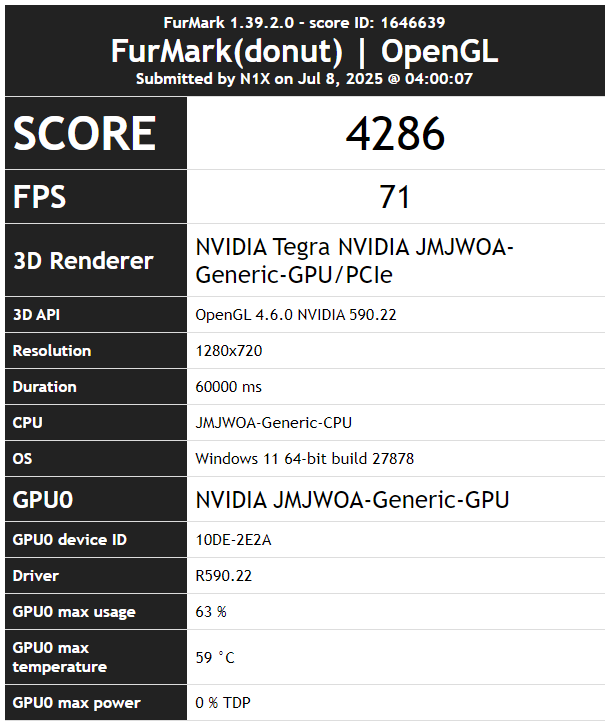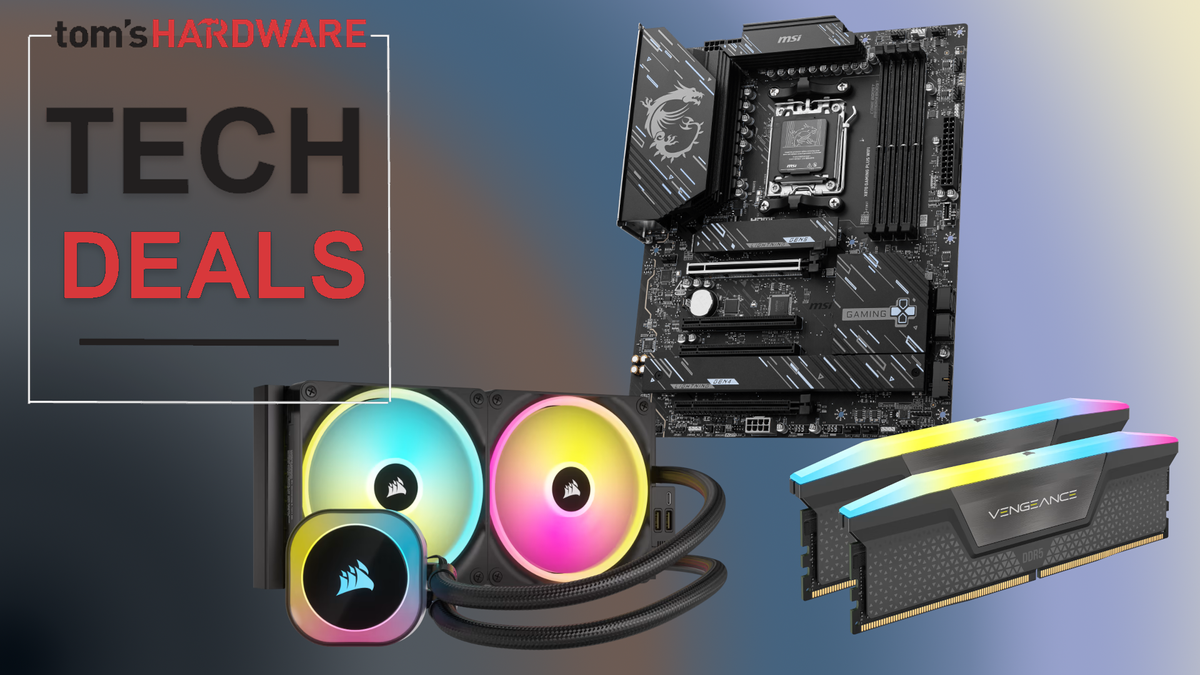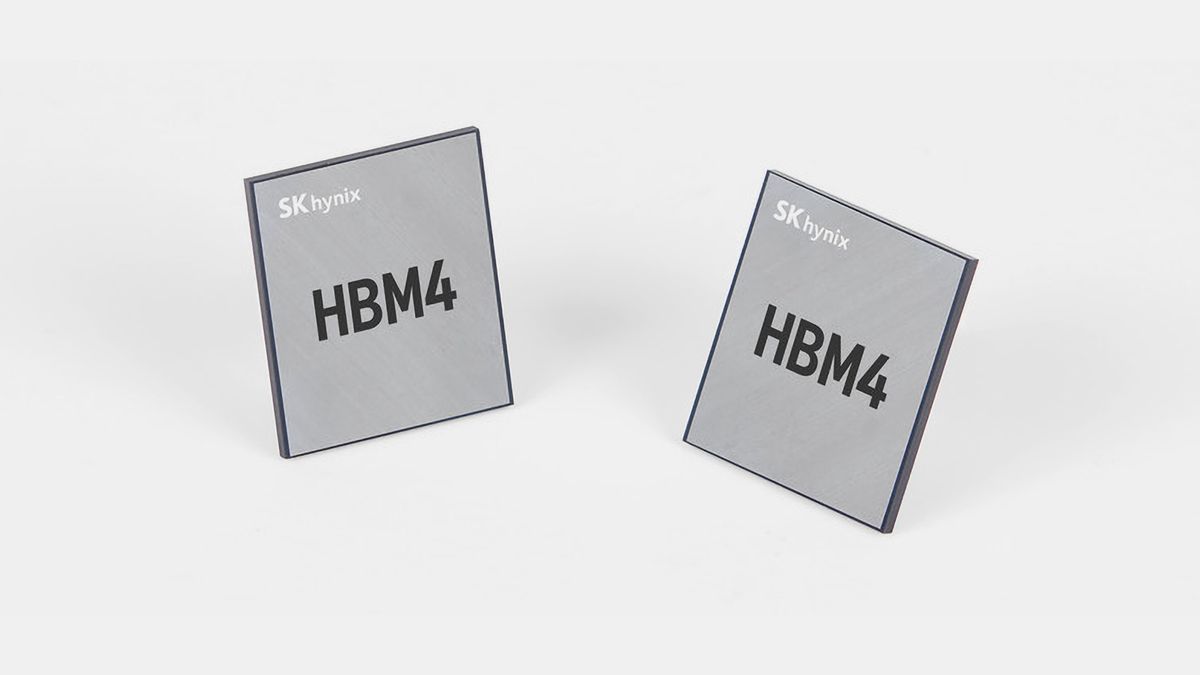Nvidia’s upcoming N1X SoC has made a fresh appearance—this time in FurMark’s benchmark database—offering a first look at the chip’s performance running natively on Windows 11. While the numbers will certainly not grab headlines, they provide valuable insight into where the chip currently stands in its development cycle.
Identified as “JMJWOA” by FurMark, the N1X reportedly scored 4,286 points in the 720p stress test, averaging 71 FPS. That's not even as good as some RTX 2060 scores, despite the N1X reportedly featuring 6,144 CUDA cores, more than the RTX 5070. On the surface, that may seem like underperformance, especially considering the sizable core count, but there’s more nuance to the situation.
This is clearly not a finished product. Nvidia’s N1X is expected to debut in 2026, and the version tested here is almost certainly an early engineering sample. Running at a modest 120W power budget and paired with pre-release 590.22 drivers—drivers that are still in transition away from legacy GPU architectures like Kepler and Maxwell—it’s unrealistic to expect full-fledged performance at this point.

Moreover, FurMark itself is more of a stress test than a benchmark, often throttled or deprioritized by power and thermal management systems, especially in pre-release silicon. In this run, the N1X reportedly only hit 63% utilization and 59°C, possibly indicating built-in protections that prevent full ramp-up under synthetic loads. Whether it’s firmware, BIOS restrictions, or driver immaturity, this result doesn’t reflect the chip’s actual, real-world potential.
That being said, the bigger takeaway here is the fact that Nvidia has the N1X running on Windows 11 at all. That signals a critical step in software enablement, and the ongoing validation process across operating systems is a prerequisite for broader deployment. Nvidia has been aggressive in positioning the N1X as a versatile compute platform, targeting AI and workstation workloads rather than raw gaming performance. After all, every leak points toward it being a cut-down GB10.
With a year to go before release, the N1X’s FurMark outing should be seen less as a definitive performance indicator and more as a milestone in its evolving development journey. If anything, it shows Nvidia is steadily laying the groundwork for its most ambitious ARM-based SoC to date, something that will only stir up the competition in this market space.
Follow Tom's Hardware on Google News to get our up-to-date news, analysis, and reviews in your feeds. Make sure to click the Follow button.

 4 months ago
69
4 months ago
69






 English (US) ·
English (US) ·